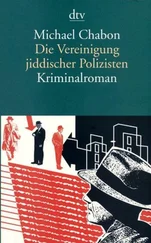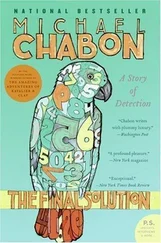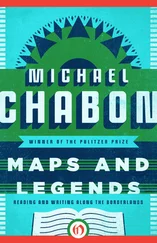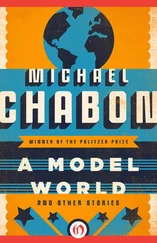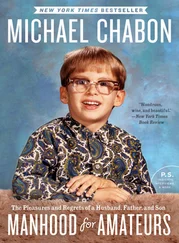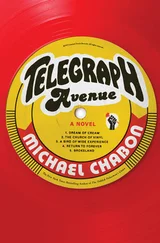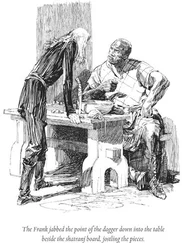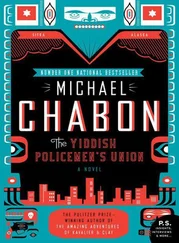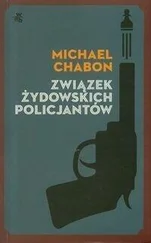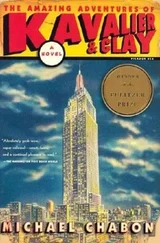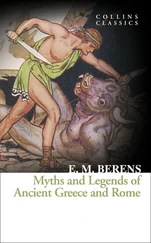The first short story that I ever wrote was a tale of Sherlock Holmes, a pastiche written in a clumsy, ten-year-old’s version of the narrative voice of Dr. Watson. I was inspired to write my account of Holmes’s fateful encounter with Jules Verne’s Captain Nemo by having read and adored Nicholas Meyer’s then-popular account of the encounter between the detective and Sigmund Freud, which had in its turn been inspired, like every pastiche and Sherlockian monograph before and since, by those magical gaps, those blank places on the map that Conan Doyle left for us, by artlessness and by design.
Readers of Tolkien often recall the strange narrative impulse engendered by those marginal regions named and labeled on the books’ endpaper maps, yet never visited or even referred to by the characters in The Lord of the Rings. All enduring popular literature has this open-ended quality, and extends this invitation to the reader to continue, on his or her own, with the adventure. Through a combination of trompe l’oeil allusions, of imaginative persistence of vision, it creates a sense of an infinite horizon of play, an endless game board; it spawns, without trying, a thousand sequels, diagrams, and Web sites. In this sense the Sherlockian Game anticipated, and helped to invent, the contemporary fandom that has become indistinguishable from contemporary popular art; it was the Web avant la lettre.
And yet there is a degree to which, just as all criticism is in essence Sherlockian, all literature, highbrow or low, from the Aeneid onward, is fan fiction. That is why Harold Bloom’s notion of the anxiety of influence has always rung so hollow to me. Through parody and pastiche, allusion and homage, retelling and reimagining the stories that were told before us and that we have come of age loving—amateurs—we proceed, seeking out the blank places in the map that our favorite writers, in their greatness and negligence, have left for us, hoping to pass on to our own readers—should we be lucky enough to find any—some of the pleasure that we ourselves have taken in the stuff we love: to get in on the game. All novels are sequels; influence is bliss.
*I am indebted here to Peter Brooks’s discussion of “The Musgrove Ritual” in his
Reading for the Plot (Random House, 1985).
I WAS IN THE third grade when I first read D’Aulaires’ Book of Norse Myths * and already suffering the changes, the horns, wings, and tusks that grow on your imagination when you thrive on a steady diet of myths and fairy tales. I had read the predecessor, D’Aulaires’ Book of Greek Myths, and I knew my Old Testament pretty well, from the Creation more or less down to Ruth. There were rape and murder in those other books, revenge, cannibalism, folly, madness, incest, and deceit. And I thought all that was great stuff. Joseph’s brothers, enslaving him to some Ishmaelites and then soaking his florid coat in animal blood to horrify their father. Orpheus’s head, torn off by a raving pack of women, continuing to sing as it floats down the Hebrus River to the sea: that was great stuff too. Every splendor in those tales had its shadow; every blessing its curse. In those shadows and curses I first encountered the primal darkness of the world, in some of our earliest attempts to explain and understand it.
I was drawn to that darkness. I was repelled by it, too, but as the stories were presented I knew that I was supposed to be only repelled by the darkness and also, somehow, to blame myself for it. Doom and decay, crime and folly, sin and punishment, the imperative to work and sweat and struggle and suffer the Furies, these had entered the world with humankind: we brought them on ourselves. In the Bible it had all started out with a happy couple in the Garden of Eden; in the Greek myths, after a brief eon of divine patricide and child-devouring and a couple of wars in Heaven, there came a long and peaceful Golden Age. In both cases, we were meant to understand, the world had begun with light and been spoiled. Thousands of years of moralizers, preceptors, dramatists, hypocrites, and scolds had been at work on this material, with their dogma and their hang-ups and their refined sense of tragedy.
The original darkness was still there in the stories, and it was still very dark indeed. But it had been engineered, like a fetid swamp by the Army Corps, rationalized, bricked up, rechanneled, given a dazzling white coat of cement. It had been turned to the advantage of people trying to make a point to recalcitrant listeners. What remained was a darkness that, while you recognized it in your own heart, obliged you all the same to recognize its disadvantage, its impoliteness, its unacceptability, its being wrong, particularly for eight-year-old boys.
In the world of the Northmen, it was a different story.
As the D’Aulaires told it, there was something in Scandinavian mythology that went beyond the straightforward appeal of violence, monstrosity, feats of arms, sibling rivalry, and ripping yarns. Here the darkness was not solely the fault of humans, the inevitable product of their unfitness, their inherent inferiority to a God or gods who—quite cruelly under the circumstances—had created them.
The world of Norse gods and men and giants, which the D’Aulaires depicted in a stunning series of lithographs with such loving and whimsical and brutal delicacy, begins in darkness, and ends in darkness, and is veined like a fire with darkness that forks and branches. It is a world conjured against darkness, in its lee, so to speak; around a fire, in a camp at the edges of a continent-sized forest, under a sky black with snow clouds, with nothing to the north but nothingness and flickering ice. It assumes darkness, and its only conclusion is darkness (apart from a transparently tacked-on post-Christian postlude). Those veins of calamity and violence and ruin that structure it, like the forking of a fire or of the plot of a story, serve to make more vivid the magical glint of goodness that light and color represent. (Everything that is beautiful, in the Norse world, is something that glints: sparks from ringing hammers, stars, gold and gems, the aurora borealis, tooled swords and helmets and armbands, fire, a woman’s hair, wine and mead in a golden cup.)
Here the gods themselves are no better or worse, in the moral sense, than humans. They have the glint of courage, of truthfulness, loyalty, wit, and in them maybe it shines a little brighter, as their darkness throws deeper shadows. The morality encoded in these stories is a fundamental one of hospitality and revenge, gift-giving and life-taking, oaths sworn, dooms pronounced, cruel and unforgettable pranks. Moreover (and to my eight-year-old imagination this more than anything endeared them to me), the Norse gods are mortal. Sure, you probably knew that already, but think about it again for a minute or two. Mortal gods. Gods whose flaws of character—pride, unfaithfulness, cruelty, deception, seduction—while no worse than those of Jehovah or the Olympians, will one day, and they know this, prove their undoing.
Start anywhere; start with Odin. First he murders the gigantic, hideous monster who whelped his father, and slaughters him to make the universe. Then he plucks out his own right eyeball and trades it to an ice giant for a sip—a sip!—of water from the well of secret knowledge. Next he hangs himself, from a tree, for nine days and nine nights, and in a trance of divine asphyxia devises the runes. Then he opens a vein in his arm and lets his blood commingle with that of Loki, the worst (and most appealing) creature who ever lived, thus setting in motion the chain of events that will lead to the extinction of himself, everyone he loves, and all the nine worlds (beautifully mapped on the book’s endpapers), which he himself once shaped from the skull, lungs, heart, bones, teeth, and blood of his grandfather.
Читать дальше

